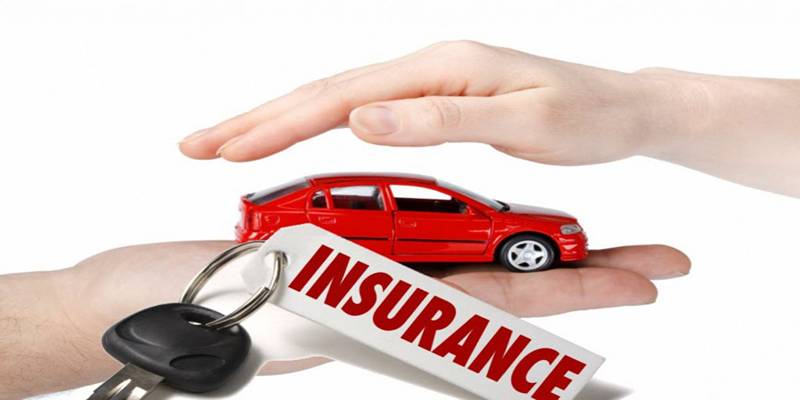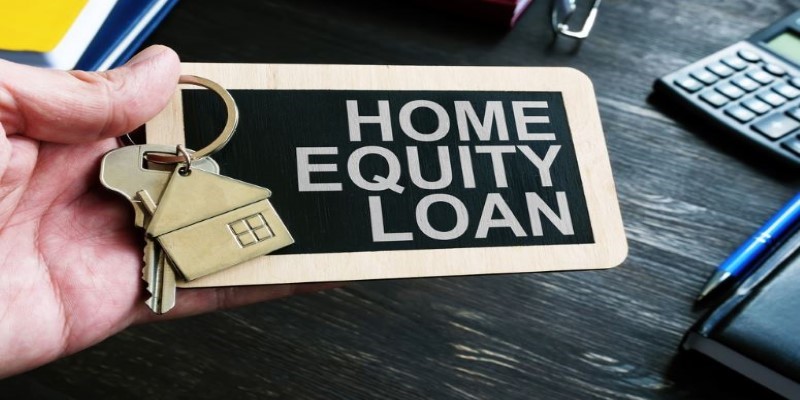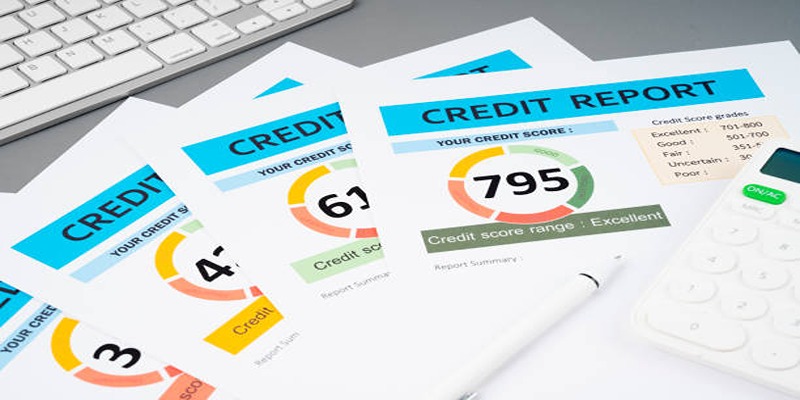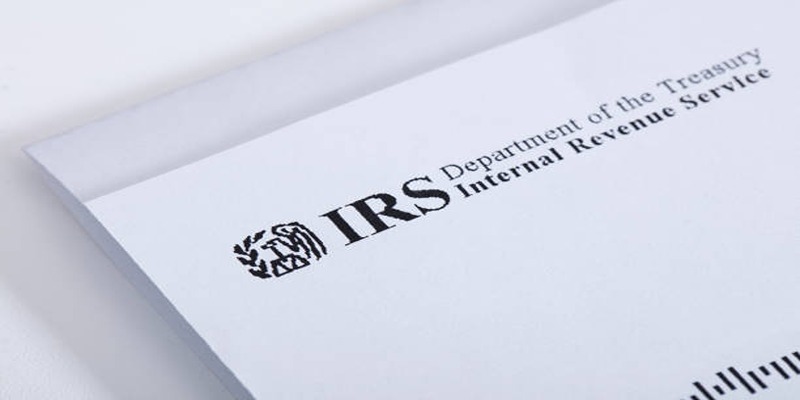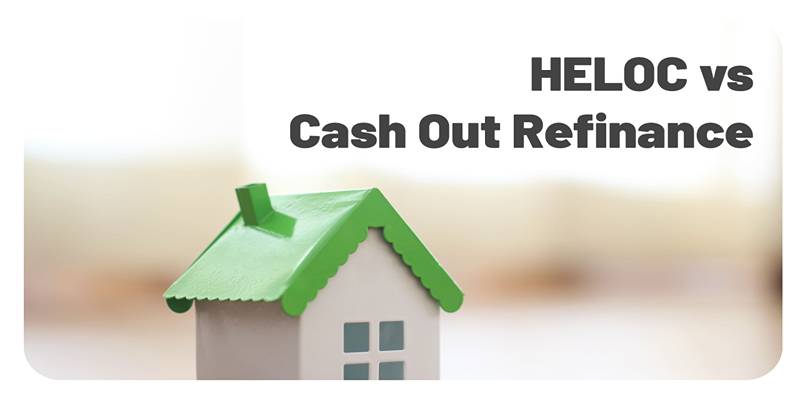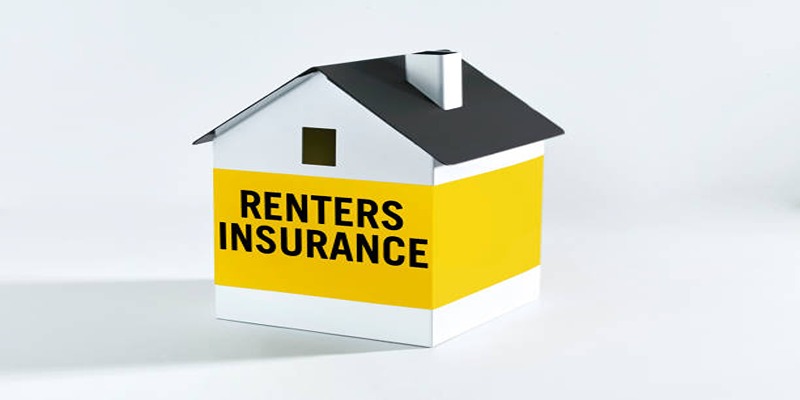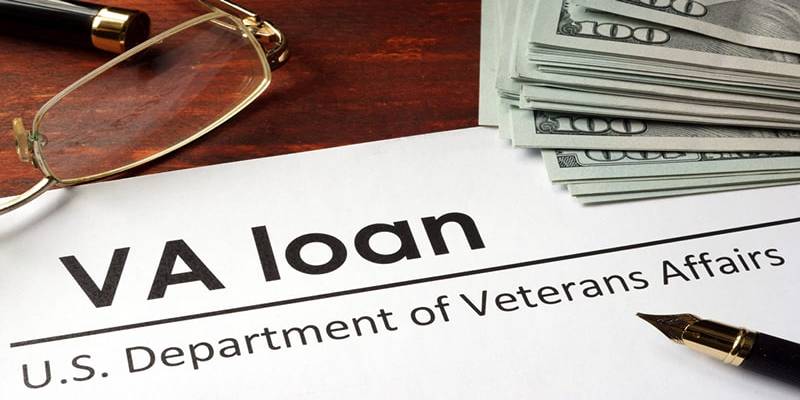The world of financial products is often difficult to navigate, and such concepts as credit cards and personal lines of credit may be confusing. They both allow access to funds, whereas they are intended to be used differently and work in different ways. Knowledge of these tools will help one make prudent financial choices. Their differences are outlined in this guide with features, advantages, disadvantages, and the most suitable situations to use each to enable you to settle on the best according to your needs.
What are Credit Cards

A credit card is a revolving line of credit issued by a bank or financial institution. It allows you to borrow money (up to a predetermined credit limit) and pay it back in part or in full over time. Unlike loans, credit cards don’t require immediate repayment, but they do charge interest on unpaid balances.
Features of Credit Cards
- Revolving Credit: Funds become available again as you repay what you owe.
- Rewards and Benefits: Many credit cards come with perks like cashback, points, or travel rewards.
- Flexible Purchases: Use credit cards for day-to-day expenses, online shopping, travel, and more.
- Minimum Payment Requirement: You can choose to pay just the minimum amount due each month, though this leads to accruing interest.
Pros of Credit Cards
- Convenient for everyday transactions.
- Useful for building a credit score if used responsibly.
- Offers fraud protection, especially for online purchases.
- Rewards and perks add extra value to each purchase.
Cons of Credit Cards
- High interest rates if you carry a balance.
- Easy to overspend due to immediate access to credit.
- Complex fees, including annual fees, late payment fees, and foreign transaction fees.
Credit cards are ideal for short-term financing, managing cash flow, and making smaller purchases. If you can pay off your balance in full every month, credit cards can be a valuable financial tool.
What is a Personal Line of Credit
A personal line of credit is a flexible loan from a bank or credit union that provides a maximum borrowing limit. Unlike a lump-sum loan, you can withdraw money as needed, and interest is only charged on the amount you borrow. Once the balance is repaid, funds become available again.
Features of a Personal Line of Credit
- Revolving Access to Funds: Similar to credit cards, funds replenish as you repay.
- Lower Interest Rates: Typically lower than credit card interest rates.
- Higher Credit Limits: Usually offers higher borrowing capacity than a credit card.
- Draw Period and Repayment Period: Some lines of credit have specific draw and repayment periods.
Pros of Personal Lines of Credit
- Perfect for large, recurring expenses like home renovations or medical bills.
- Interest-only payments may be allowed during the draw period.
- Can be secured by collateral (e.g., a savings account) for better interest rates.
Cons of Personal Lines of Credit
- May charge annual or setup fees.
- Typically requires a strong credit score for approval.
- Interest begins to accrue immediately on any funds borrowed.
Personal lines of credit are best suited for planned, ongoing expenses such as a home improvement project or business needs. They’re also effective for debt consolidation due to their lower interest rates compared to credit cards.
Key Differences Between Credit Cards and Personal Lines of Credit
Both credit cards and personal lines of credit offer access to funds on an as-needed basis, but there are some key differences between the two options.
Credit limit
With a credit card, you’re given a fixed credit limit while with a personal line of credit, your limit is typically determined by factors such as income and credit score. This means that you may have access to higher credit limits with a personal line of credit compared to a credit card.
Interest rates
Interest rates for personal lines of credit are usually lower than those for credit cards because they are secured by collateral, such as your home or car. In contrast, most credit cards are unsecured loans and therefore have higher interest rates to compensate for the increased risk to the lender. This means that if you are able to secure a lower interest rate on a personal line of credit, you can save money on interest payments over time.
Flexibility
One of the main advantages of using a personal line of credit is its flexibility. Unlike traditional loans or credit cards with fixed repayment schedules and minimum payment requirements, personal lines of credit allow you to borrow what you need, when you need it. This means that you have more control over your borrowing and repayment schedule, making it easier to manage your finances.
How to Decide Which Option is Right for You

Consider your financial situation, goals, and habits to determine whether a credit card or a personal line of credit suits your needs. Ask yourself these questions to guide your decision-making process:
- What is the purpose of the funds?
- Opt for a credit card for daily spending or small, unplanned expenses.
- Choose a personal line of credit for larger, planned expenses such as medical bills, home improvements, or emergencies.
- How much do you need to borrow?
- If your needs are small, a credit card will suffice.
- For higher borrowing limits, a personal line of credit is the better choice.
- Can you pay your balance in full each month?
- If yes, a credit card offers more convenience and benefits without interest.
- If no or if you need longer repayment terms, a personal line of credit may be more affordable.
- What is your credit situation?
- A strong credit score is often needed for a personal line of credit.
- Credit cards are more accessible but come with higher interest rates.
Tips for Maximizing Both Credit Products
- Maintain a good credit score to qualify for better rates and higher credit limits.
- Use credit cards responsibly by paying balances in full each month to avoid interest.
- Monitor your accounts regularly to detect fraudulent activity or errors early.
- Budget carefully to ensure you don’t borrow more than you can repay.
- Explore rewards programs on credit cards for added value, but don’t overspend just to earn rewards.
Conclusion
Both credit cards and personal lines of credit serve as great tools when managed responsibly. They provide financial flexibility, help cover unexpected expenses, and can even improve your creditworthiness over time. Understanding their key differences and aligning their features with your financial needs is crucial to making the most of them. Evaluate your goals, borrowing habits, and repayment ability to choose the tool that works best for you.

